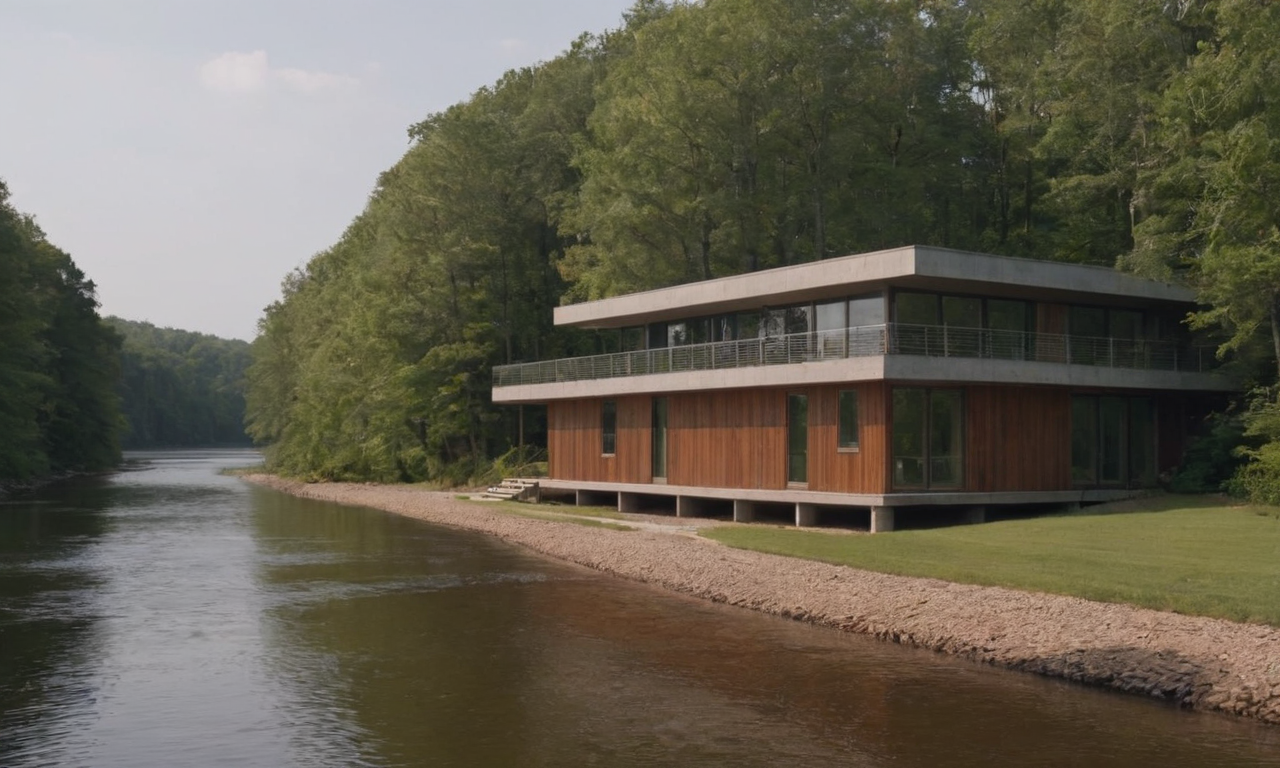In the rolling green hills along Virginia’s historic James River, a special sanctuary offers hope and renewal for horses who once thundered down racetracks across America. The James River Horse Foundation has emerged as a leading organization dedicated to providing retired racehorses with the dignity, care, and purpose they deserve after their racing careers end.
Life After the Track
For Thoroughbreds bred for speed and competition, retirement often comes early – typically between ages four and seven – leaving these magnificent animals with potentially two decades of life ahead. Unfortunately, without proper transition plans, many face uncertain futures ranging from neglect to slaughter.
“These horses give everything during their racing careers,” explains Maria Winters, founder of the James River Horse Foundation. “They deserve the same dedication and care in retirement that they received during their racing prime.”
The foundation’s 175-acre property provides a peaceful environment where retired racehorses can decompress from the high-stress atmosphere of competitive racing. Some residents will eventually find new homes and careers, while others with special needs or advanced age remain permanently at the sanctuary.
The Rehabilitation Journey
The transition from racetrack to retirement isn’t simply a matter of placing horses in pastures. Many Thoroughbreds require specialized rehabilitation programs to address physical and psychological challenges resulting from their racing careers.
The sanctuary employs a comprehensive approach to rehabilitation:
Medical intervention begins immediately upon arrival, with veterinarians addressing issues commonly seen in former racehorses, including joint inflammation, hoof problems, and digestive concerns. Customized nutrition plans help horses reach and maintain healthy weights, often requiring specialized feeding to address dental issues or metabolic conditions.
Equally important is psychological rehabilitation. After years of stall confinement and intensive training regimens, many horses must learn to socialize properly with other equines. The sanctuary uses a gradual introduction process, pairing new arrivals with calm, established residents who help teach appropriate herd behaviors.
“We focus on letting horses be horses again,” notes head trainer Devon Michaels. “Many arrive having never experienced free turnout in a pasture or natural socialization. Watching them rediscover these instinctual behaviors is incredibly rewarding.”
Second Careers
For many residents, rehabilitation leads to successful “second careers” far removed from the racetrack. The foundation has placed former racehorses in various roles:
Several serve as therapy horses, working with veterans, at-risk youth, and individuals with disabilities. Others excel in disciplines like dressage, show jumping, or trail riding. Some find purpose as teaching horses in riding programs, where their sensitive nature and athletic abilities make them excellent partners for advancing riders.
Supporting the Mission
The foundation’s work requires significant resources, with costs averaging $5,000 annually per horse for basic care alone. Horses requiring extensive rehabilitation or ongoing medical management can cost substantially more.
Community support remains crucial to sustaining this important work. Monthly sponsorship programs allow supporters to develop relationships with specific horses through updates and visiting opportunities. Corporate partnerships provide essential funding for facility improvements and medical equipment.
Volunteers form the backbone of daily operations, contributing over 10,000 hours annually to tasks ranging from mucking stalls to exercising horses and maintaining facilities.
“Every contribution matters,” emphasizes Winters. “Whether you’re making a financial donation, volunteering your time, or simply spreading awareness about retired racehorse needs, you’re helping create better outcomes for these deserving animals.”
Through continued community support, the James River Horse Foundation aims to expand its capacity and services, ensuring more retired racehorses find the peaceful, purposeful retirement they’ve earned through years of thrilling us on the track.
